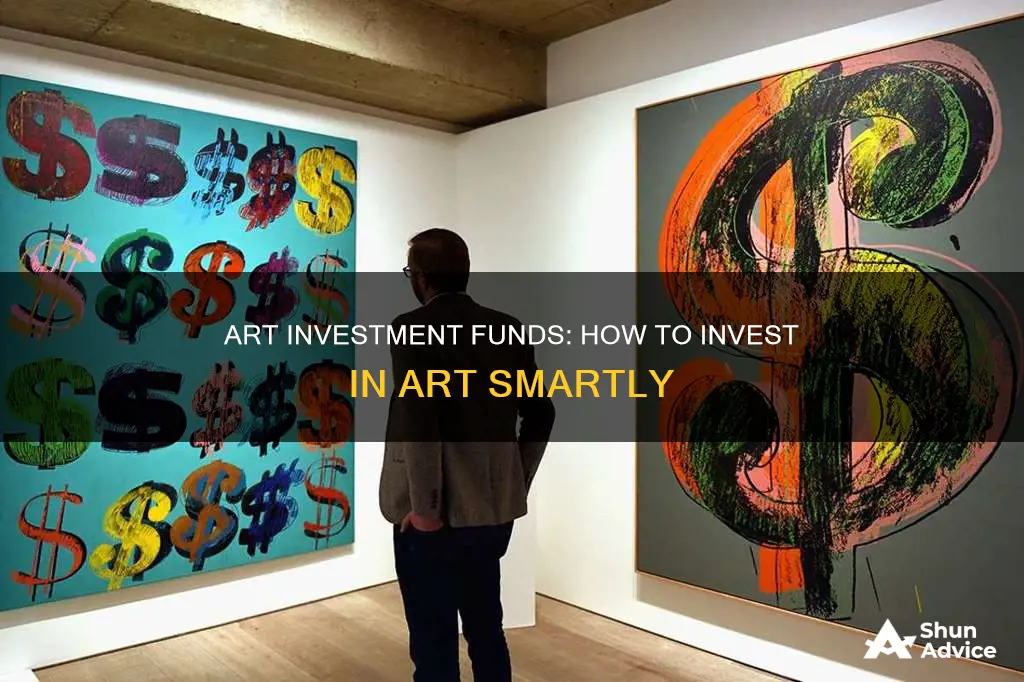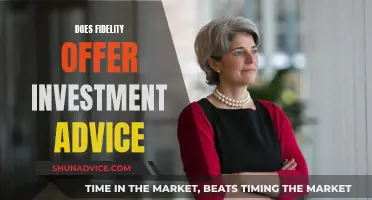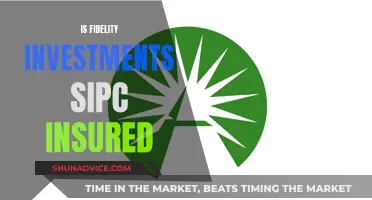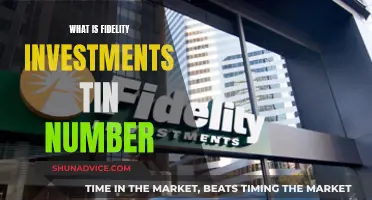
Art investment funds are privately offered investment funds that focus on the art market to generate returns. They are managed by professional art investment firms that receive a management fee and a share of the profits. Art funds are unpredictable and largely unregulated, with critics arguing that art is the riskiest asset class. However, art funds can be a way to diversify investment portfolios, especially in new growth markets, and have performed well in poor economic climates.
| Characteristics | Values |
|---|---|
| Management | Managed by a professional art investment management or advisory firm |
| Investment focus | Acquisition and disposition of works of art |
| Returns | Generated through the acquisition and disposition of works of art |
| Fees | Management fee and a portion of any returns delivered by the fund |
| Investors | High-net-worth individuals, angel investors, pension funds, family offices, and institutions |
| Regulation | Lack of regulatory authority, deficient price discovery mechanisms, non-transparency |
| Market | Lack of transparency, subjective value, illiquid nature of fine art |
| Strategy | "Buy and hold", geographic arbitrage, artwork-driven, regional art, period strategies, emerging artists, intrinsic value, leveraging, distressed art, co-ownership, showcasing, bulk buying, medium |
| Performance | Art funds have outperformed the stock market during recessions |
What You'll Learn

Art funds are privately offered investment funds
Art funds are diverse and vary in their size, duration, investment focus, strategies, and portfolio restrictions. They employ a traditional "buy and hold" strategy, but this is implemented differently depending on the fund. Some funds may focus on contemporary art, while others may concentrate on traditional European art. Some funds are simply opportunistic and take advantage of special situations to acquire art below market price.
Art funds are generally only accessible to wealthy investors, as they require substantial capital contributions and long-term commitments. However, they have become more accessible to a wider range of investors in recent years, with some funds allowing investments as low as £500.
Art funds can provide benefits such as portfolio diversification, inflation hedging, and the opportunity to own a piece of a masterpiece. However, investing in art funds also carries risks, including unpredictable returns, illiquidity, and the potential for substantial investment losses.
Pension Fund Investment: A Guide to Getting Started
You may want to see also

They are managed by professional art investment firms
Art investment funds are generally privately offered investment funds that are managed by professional art investment management or advisory firms. These firms are compensated through a management fee and a portion of the fund's returns.
Art fund managers are typically a mix of experienced art market professionals and professional investment advisors from traditional hedge or private equity funds. This pairing is essential to avoid the pitfalls of either a lack of experience in the art market or in managing an investment fund.
Art fund managers perform a variety of tasks, including identifying potential acquisitions, raising capital, managing investor relations, handling administrative compliance, showcasing the investment portfolio, and monitoring the art market.
The fees charged by art fund managers are primarily tied to performance, with most managers charging an annual management fee of between 1% and 3% and a performance fee of 20% of any profits made.
Art funds offer investors the opportunity to diversify their portfolios and benefit from the expertise of art fund managers who understand the non-transparent, illiquid, and unregulated nature of the art market.
When choosing an art fund, investors should consider the fund's portfolio, the strategy behind the chosen works, and the reputation and position of the fund managers within the art world.
Art funds allow individuals to share ownership of aesthetic assets, including masterpieces, and provide an opportunity to invest in art without the need for a large budget or extensive knowledge of art history.
A Guide to Investing in ICICI Mutual Funds
You may want to see also

Art funds focus on different types of art
Art funds also vary in terms of their investment strategies. Some common strategies include "buy and hold," "geographic arbitrage," "emerging artists," and "regional art." For instance, "geographic arbitrage" strategies aim to exploit price differences for certain artists' works in different geographic locations. On the other hand, "regional art" strategies focus on investing in art from a specific geographic region, such as China.
Art funds also differ in their size, duration, investment focus, investment strategies, and portfolio restrictions. Some funds are open to a small number of "accredited" (wealthy) investors, while others have a more formal application process to screen potential investors. Additionally, art funds can be structured like hedge funds or private equity structures, and their management can vary, with some funds being managed by former gallery owners or art dealers, and others by professionals with financial backgrounds.
Understanding Hedge Fund Investment Qualifications
You may want to see also

They are a way to diversify portfolios
Art investment funds are a way to diversify portfolios. They are a way to invest in art without needing to be a millionaire or an art expert. Art funds allow individuals to share ownership of aesthetic assets, including masterpieces.
Art funds are a way to diversify investment portfolios because they are a non-correlated asset class. This means that the performance of the art market is not tied to the performance of the stock market. For example, in the first half of 2022, while stocks and bonds were declining, art auctions were setting new record prices. Art can also act as an inflation hedge, attracting investors who want to safeguard their wealth during high inflation.
Art funds are also a way to diversify because they allow investors to own a variety of different types of art. For example, some funds focus on contemporary art, while others focus on traditional European art. Some funds invest in art from a certain region, or a particular style period, or a specific medium. For example, Anthea Art Investments recently loaned two paintings to the Reina Sofia in Madrid, which were likely contemporary or modern works.
Art funds also allow investors to diversify their investments by investing in different types of art funds. For example, some art funds are opportunistic and take advantage of special situations to acquire art below market price. Other art funds are more conservative and focus on investing in "blue-chip" artists like Andy Warhol, whose works generally hold their value better.
Art funds are a way to diversify portfolios because they allow investors to own a wider range of art than they would be able to own individually. They also allow investors to benefit from the expertise of art fund managers, who understand the non-transparent, illiquid, and unregulated nature of the art market.
Strategically Splitting Mutual Fund Investments: A Comprehensive Guide
You may want to see also

Art funds are illiquid and unpredictable
Art funds are a niche market, attracting the attention of the very wealthy who are looking to diversify their portfolios. They are also described as the "Wild West" of investing, as they are unpredictable, largely unregulated, and dominated by speculators.
Art funds are generally privately offered investment funds dedicated to generating returns through the acquisition and disposition of works of art. They are managed by professional art investment managers or advisory firms, who are compensated through a combination of management fees and a portion of any profits delivered by the fund.
Illiquidity
Artwork is often a one-of-a-kind piece with a limited pool of potential buyers. The art market is also highly unregulated, with deficient price discovery mechanisms, a lack of transparency, and subjective valuation. These factors make it difficult to liquidate art assets quickly and may result in high fees and illiquidity.
Unpredictability
The demand for art is fickle and unpredictable, with rapidly changing tastes and trends. Art funds may estimate the value of their assets annually, but the true market value is only known when the works are sold at auction. The art market is also highly volatile, with some years seeing strong performance, while others experience slumps.
The unpredictable nature of the art market is further exacerbated by the lack of transparency and deficient price discovery mechanisms. While various art indices suggest that investors can expect an average annual return of around 9% on long-term holdings of investment-grade art, financial economists argue that these indices are flawed due to sample selection bias.
In conclusion, art funds are illiquid and unpredictable due to the unique characteristics of the art market, including the limited supply of artworks, the subjective nature of valuation, and the volatile demand for different genres, artists, and geographic regions.
Real Estate Funds in India: A Guide to Investing
You may want to see also
Frequently asked questions
Art investment funds are privately offered investment funds that focus on the art market to generate returns through the acquisition and disposition of works of art.
Art funds are managed by professional art investment managers or advisory firms, who receive a management fee and a portion of any returns delivered by the fund. These managers employ a range of investment strategies, including traditional "buy and hold" approaches, to predict when a work will peak in value and sell for a profit.
Art funds offer investors a way to diversify their portfolios and access the art market without needing to be a millionaire. They can also provide portfolio diversification benefits, store value, and hedge against inflation.
Art funds are largely unregulated and dominated by speculators, making them unpredictable. The art market is also relatively illiquid, with high fees for brokers or auction houses, and the potential for substantial investment losses.
When choosing an art investment fund, consider the fund's particular portfolio, the reputation and expertise of the fund manager, and the expected return on investment.







